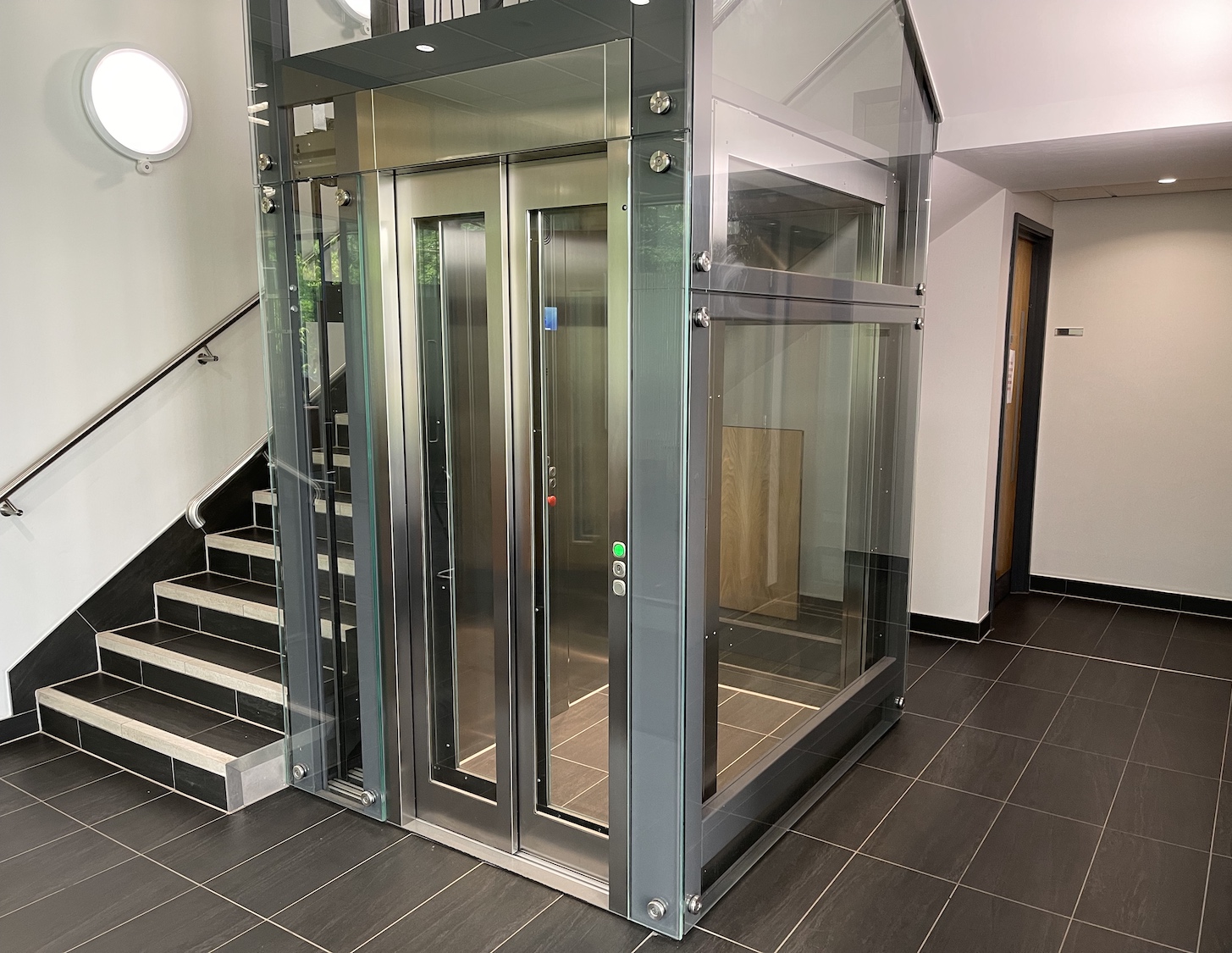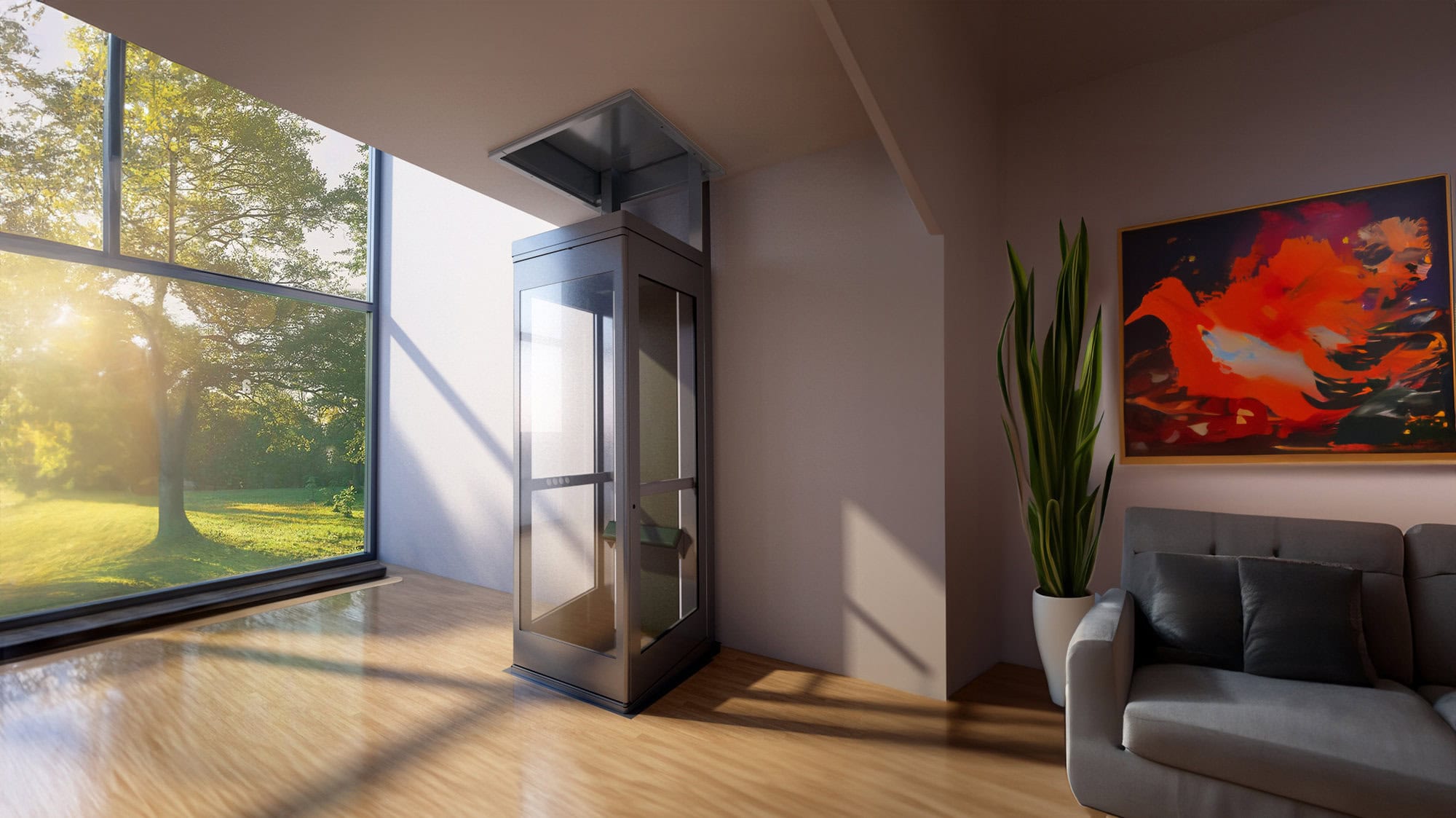Discover the most effective Disabled Platform Lifts Prices UK for Residential and Commercial Usage
Discover the most effective Disabled Platform Lifts Prices UK for Residential and Commercial Usage
Blog Article
Exploring the Globe of Elevators: Typical Concerns Faced by Numerous Lift Systems
As we navigate with the vertical transportation systems of modern structures, lifts stand out as an important component of our lives. However, behind their seamless operation lies a globe of detailed devices that can occasionally run into challenges. From hydraulic lifts to traction systems and machine-room-less layouts, each lift type comes with its collection of usual problems. Understanding these challenges is essential for ensuring the smooth functioning of these vital systems. Let's check out the complexities that underlie the procedure of lifts and the possible concerns that can emerge, dropping light on the detailed web of lift mechanisms.
Hydraulic Lifts
Hydraulic lifts, typically liked for low-rise buildings, make use of fluid stress to control the movement of the lift vehicle (lift repair companies). This system entails a hydraulic pump pressing oil right into a cylinder, triggering the lift to relocate in the wanted direction. While hydraulic elevators are known for their smooth and quiet procedure, they do feature their own set of typical issues
One widespread issue with hydraulic elevators is oil leak. In addition, concerns with the control system, such as defective valves or a malfunctioning pump, can create disruptions in the lift's motion.
Normal upkeep and timely repairs are vital to make certain the smooth functioning of hydraulic elevators. By resolving these common problems proactively, building owners can minimize downtime and guarantee the security and performance of their vertical transportation system.
Grip Lifts
When considering vertical transport systems in structures, an additional usual kind apart from hydraulic elevators is the grip lift. Traction elevators run utilizing a system of ropes and weights that move the lift auto by clutching onto the hoist ropes. This device permits for smoother and much faster vertical transport contrasted to hydraulic systems.
One of the typical issues faced by grip elevators is rope wear. The consistent activity of the ropes within the grip system can result in damage in time, potentially creating the elevator to breakdown or come to be risky for usage. Regular assessments and upkeep of the ropes are necessary to ensure the elevator's appropriate performance and security.
An additional problem that grip lifts might encounter is related to the control system. Troubles with the control system can bring about problems such as erratic movement, hold-ups in reaction times, or also complete closures. Routine screening and upkeep of the control system are important to stop such issues and make certain the lift's reliability.
Machine-Room-Less (MRL) Lifts

Among the essential elements of MRL lifts is the compact gearless grip maker that is set up within the hoistway. This maker efficiently drives the elevator car without the need for cumbersome equipment found in typical grip lifts. Additionally, MRL elevators generally utilize a weight system to stabilize the auto, more enhancing their power efficiency.
Regardless of their benefits, MRL elevators may encounter obstacles associated lift companies in London with upkeep and repair service due to the constrained area for devices installation. Accessibility for servicing parts within the shaft can be restricted, needing specialized training for technicians. Proper maintenance timetables and regular examinations are vital to make sure the ongoing smooth procedure of MRL elevators.
Overloading and Weight Limit Issues
Are elevators equipped to handle excess weight tons effectively and safely? Overloading and weight limit concerns are crucial worries in lift procedures. Elevator makers layout lifts with details weight capabilities to make sure passenger safety and security and equipment long life. Exceeding these weight restrictions can lead to various troubles, consisting of mechanical failings, hold-ups, and safety and security hazards.
When elevators are overloaded, it places excessive strain on the electric motor, wires, and other components, possibly triggering breakdowns or breakdowns. Security devices such as sensors and overload sensing units remain in area to stop lifts from moving if they discover excess weight. Additionally, exceeding weight limits can cause increased power consumption and damage on the elevator system.
To alleviate straining problems, constructing supervisors ought to plainly display weight restrictions in elevators and educate passengers on the relevance of adhering to these limitations - lift repair companies. Routine maintenance checks by certified professionals can additionally aid make certain that lifts are operating within secure weight specifications. By attending to overloading and weight limit concerns proactively, structure proprietors can boost lift safety and effectiveness
Electrical System Failures
Surpassing weight limitations in elevators can not only cause mechanical concerns however likewise potentially contribute to electric system failures within the lift london lift company facilities. Electrical system failings are an essential problem in lift operation, as they can create unexpected closures, breakdowns, or perhaps safety dangers. One typical electrical problem is the getting too hot of parts as a result of excessive existing flow brought on by overloading the elevator beyond its ability. This can lead to damage to the electrical wiring, motor, or control systems, causing expensive repair work and downtime.
Furthermore, power rises or fluctuations in the electric supply can likewise interfere with the elevator's procedure, affecting its performance and safety. These electrical disturbances can damage sensitive elevator elements such as control board, motherboard, or sensing units, causing system failures. Routine upkeep and evaluations are essential to determine and deal with potential electrical concerns without delay, guaranteeing the effective and risk-free operation of lift systems. By sticking to weight limitations and conducting routine electrical system checks, structure proprietors can mitigate the risk of electric failures in elevators.
Verdict

Hydraulic elevators, often preferred for low-rise structures, utilize fluid pressure to manage the motion of the lift automobile.When taking into consideration vertical transport systems in structures, an additional common type apart from hydraulic lifts is the grip lift. Grip lifts run utilizing a system of ropes and counterweights that relocate the elevator automobile by clutching onto the hoist ropes. Unlike conventional elevators that call for a different device space to house the equipment, MRL lifts incorporate most of the elements within the shaft, eliminating we maintain lifts the need for a dedicated device space.In conclusion, lifts deal with common issues such as hydraulic malfunctions, grip system failures, and electric system issues.
Report this page